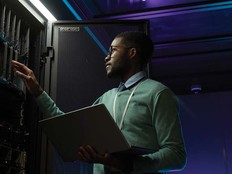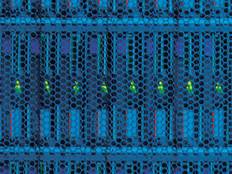So, we started the move toward HCI by just thinking about upgrading and how we can refresh, how we can change this environment to better serve the university. It was probably 2015 when we started talking about HCI. We purchased the vSAN licenses in March 2016 and did a couple of proofs of concept.
HCI consists of modular systems, so it’s not like a forklift, where you move all your data from the old storage system to the new storage system. You can keep adding or replacing components on the sly and expand the system as you go, so there is practically zero downtime. It happened over almost a year, but at this point, we’ve practically migrated everything from the old infrastructure.
MORE FROM EDTECH: Review these best practices for deploying hyperconverged infrastructure.
EDTECH: What did you need to do to plan for the transition?
NOWAK: I had to have a vision of what I wanted to do and where my destination was, because there were multiple components involved. The project involved multiple parts: security, networking, storage. You touch one thing, and you run into another issue. It was a complex project from the beginning. So, I spent time with my team just brainstorming and thinking of what we could do.
We’ve been kind of pioneers in the field. I didn’t want to be too rash. VSAN was just introduced in 2014 and wasn’t ready for enterprise or the education sector in the beginning. But about two years later, I thought it was ready.
EDTECH: How did you prepare your staff for the changes?
NOWAK: We are a fairly small group. When I tell people what we’re doing with our staff (seven full-time employees who report to me and 35 IT people overall), they can’t believe it.
I talked to my team and said, “This is a great way to expand your skills and grow professionally.” I try to unify skills, avoid silos and cross-train people, especially with the VMware platform. I tell them, no matter what you do — you can do Windows, you can do Linux, you can do Red Hat — it doesn’t hurt if you have some VMware training on the side.
EDTECH: What are the main benefits you’ve experienced since moving to HCI?
NOWAK: No. 1 would be savings. We can do more, we can consolidate more. There is less downtime. After I moved to the new infrastructure, the developers started asking, “What happened? My application is running 50 percent faster.” It’s just a huge impact on everyone.









